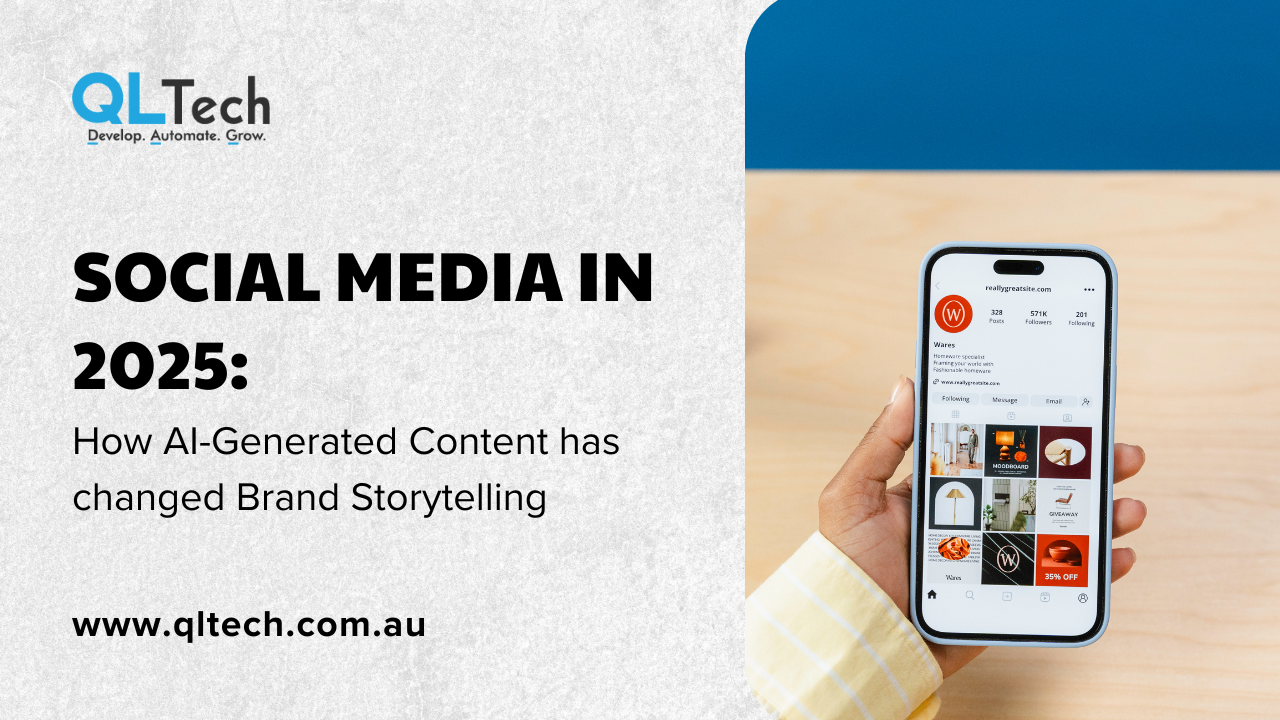In today’s data-driven world, businesses are drowning in customer information, but only a few know how to use it right. That’s where CDPs, CRMs, and DMPs come into play. They all manage customer data, but each serves a very different purpose. Understanding these differences can transform how you personalise experiences, run campaigns, and grow your brand.

- CRM:
- DMP:
- CDP:
- CRM
- DMP
- CDP
Building Relationships, One Interaction at a Time
A Customer Relationship Management (CRM) system is designed to track direct interactions, sales calls, emails, support tickets, tasks, and follow-ups.
Think of it as your sales and service command centre, helping teams nurture leads and strengthen customer relationships.
However, CRMs mainly store known customer data and don’t unify behaviour across channels.
Anonymous Audience, Powerful Targeting
A Data Management Platform (DMP) focuses on anonymous, cookie-based audience data used mostly for advertising.
It helps marketers run targeted ad campaigns by segmenting users into interest groups.
But DMP data is short-lived, high-level, and not meant for deep personalisation or long-term customer understanding.
The Smart Brain of Customer Data
A Customer Data Platform (CDP) is where the magic happens.
It collects first-party data from every touchpoint, web, app, CRM, social, offline, and unifies it into one real-time customer profile.
This makes it perfect for personalisation, automation, and predictive insights, giving businesses a true 360° view of each individual customer.
The Real Difference (in one line each):
= Manage customer interactions
= Build anonymous ad audiences
= Unify and activate customer data for personalised experiences.
If CRM is your relationship manager and DMP is your advertising engine, then CDP is the central intelligence system that powers deep personalisation and smarter marketing. Together, they create a data ecosystem that drives higher ROI and unforgettable customer experiences.








